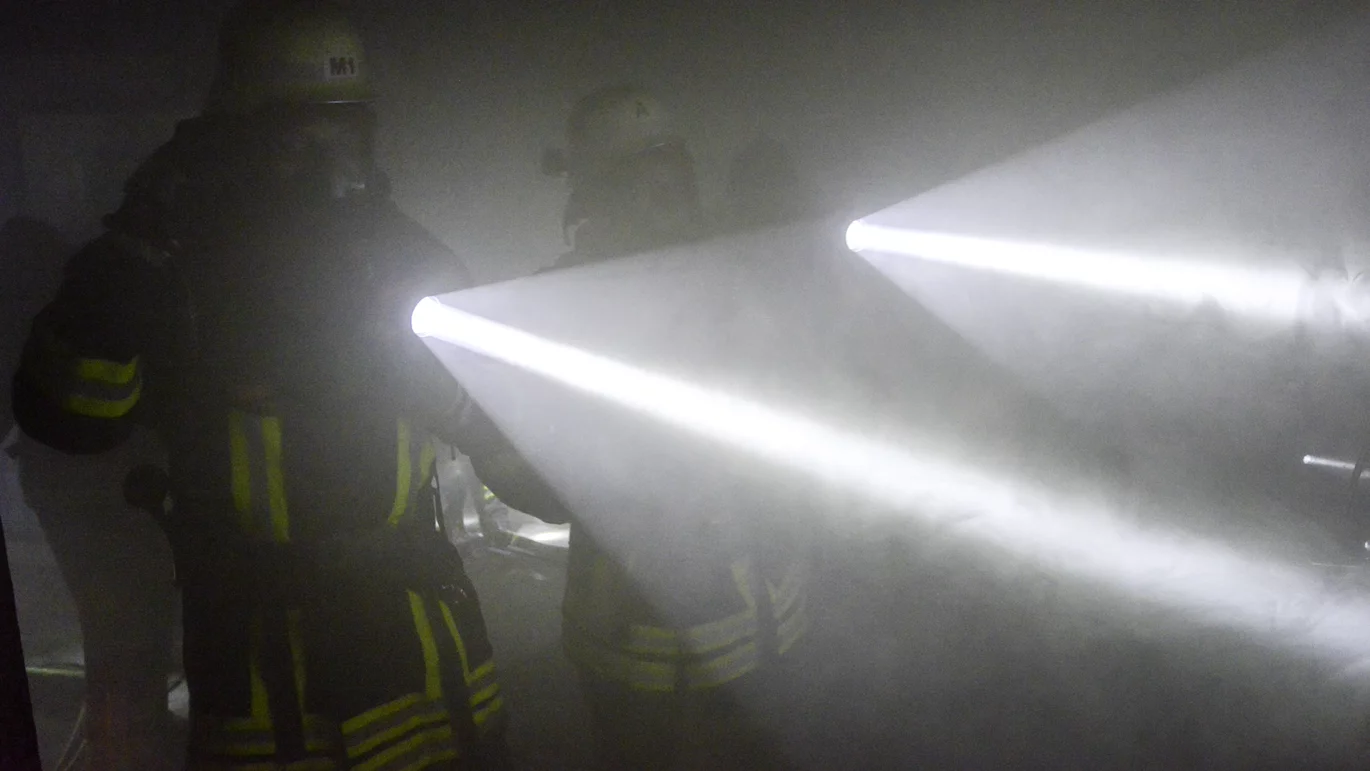In the initial phase of fire operations in underground transport system (UTS), there is often a shortage of personnel. That is why many participants ask us whether reconnaissance teams are really needed. Our answer: It depends on the situation. Reconnaissance teams are needed above all when vital information has to be obtained as quickly as possible.
Reconnaissance: Obtaining needed information
Reconnoitring means obtaining the information needed to
- determine and assess the situation,
- to make decisions based on this information,
- issue orders, and finally
- to monitor their effect.
Which information is required, when, by whom, and how it is to be obtained, depends largely on the operational phase. At the very beginning of the operation, when the emergency call is being processed, the type and location of the incident are the two most important information, because without it it is not possible to decide which personnel must be sent where. This information can usually be obtained solely by the dispatcher.
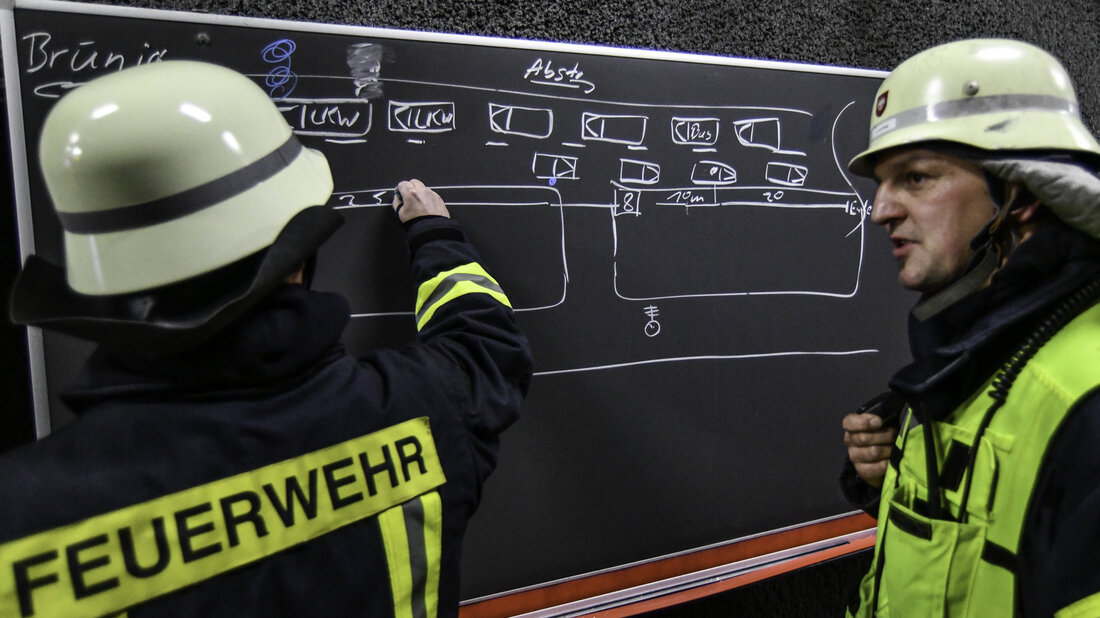
Everyone must constantly reconnoitre
Reconnaissance is seen primarily as the task of the incident command. However, all emergency personnel must constantly obtain the information they need in order to be able to carry out their respective tasks correctly and with due regard for their own safety. An example: In order to be able to extinguish a vehicle fire in a tunnel effectively, the firefighting team has to make several decisions. These include the distance and position to the vehicle, water jet angle, flow rate and the cooling of the surroundings. Many of these decisions are made unconsciously and almost automatically. If it gets too hot for the firefighter at the nozzle, they do not have to think long what to do. They simply increase the distance to the fire. Nevertheless, all these decisions are based on information gained through perceptions and observations and their connection with one's own knowledge and experience. That is why the firefighting team specifically observes what they know can be dangerous - e.g. the tunnel ceiling and not the roadway. Reconnaissance is therefore not to obtain as much information as possible, but to obtain relevant information. However, what is relevant?
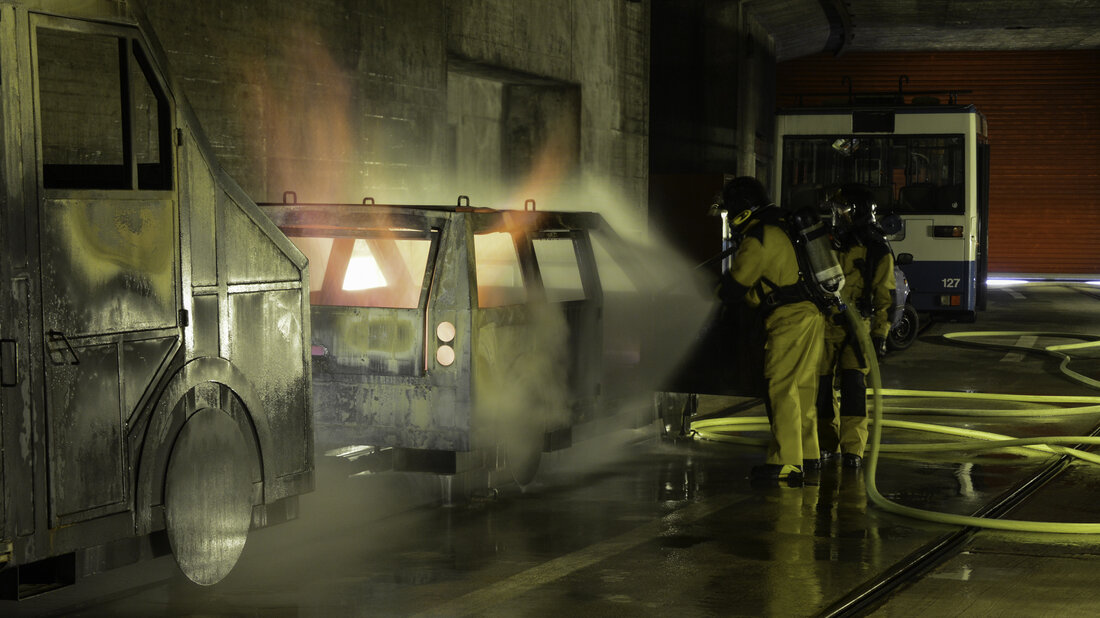
Permanent order: Recognising hazards
In order to be able to avert hazards in a targeted manner, they must first be recognised as such. Therefore, all emergency personnel must consciously perceive indications and signs of hazards at each phase of the operation and, if necessary, pass this information on to others. If the smoke begins to slow down to a stop in a train tunnel and no longer moves in a certain direction as before, this can be an indication that the direction of flow is beginning to reverse. This situation can be extremely dangerous for firefighters and passengers on the previous upstream side. Therefore, every perceptible change in the flow conditions must be reported to the incident command immediately and passed on by the command to any emergency personnel that may be affected.
The constant task of hazard recognition does not mean to always look for hidden hazards. It makes no sense to check every vehicle for HAZMAT in the thick smoke of a car fire in a road tunnel - even if it cannot be ruled out that explosives could be transported illegally and without labelling in a car. But: If a vehicle with hazardous materials labelling is seen somewhere, so to speak, out of the corner of the eye, then this should be reported.
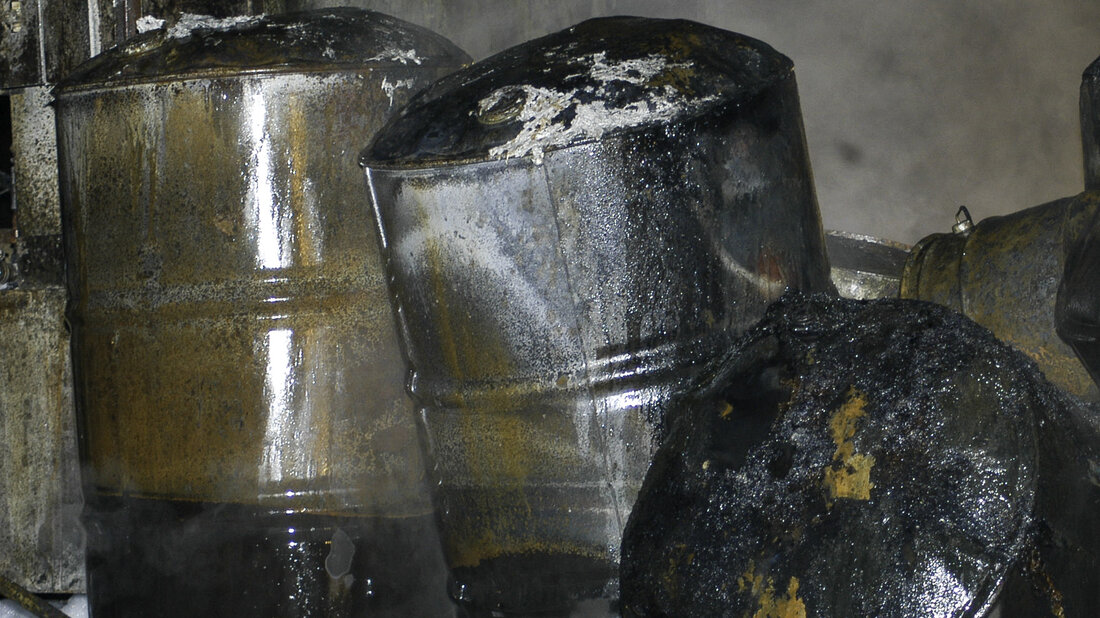
The need for information arises from the tactics
Apart from the permanent order of hazard detection, the respective information need arises from the tactical principles such as «extinguish in order to rescue» for firefighting operations in tunnels. Searching and rescuing takes a long time in thick smoke, because the firefighters only make slow progress. Therefore rescue should not be initiated before extinguishing. Instead, extinguishing should begin immediately in order to stop the production of smoke and thus improve the working conditions for the search and rescue team on the downstream side. This procedure makes it possible to rescue any people who may be there more quickly.
This means that different tasks arise on both sides of the tunnel. Extinguish on the upstream side and search for and rescue on the downstream side. Consequently, the most crucial information is the direction of airflow, because without this information it is not possible to distinguish between the upstream and downstream sides. The second most important piece of information is how to get to the scene of the fire as quickly as possible; this information makes it necessary to determine the exact location of the fire. Once the direction of airflow, the location of the fire and the quickest access to it have been determined, the order to extinguish the fire can be issued.
On the downstream side, however, the most important information is the rescue effort; for this purpose, the number and, if applicable, the type of vehicles standing in the smoke must be determined. The graphic below shows two examples of the importance of information about the airflow, the exact location of the fire and the fastest access.
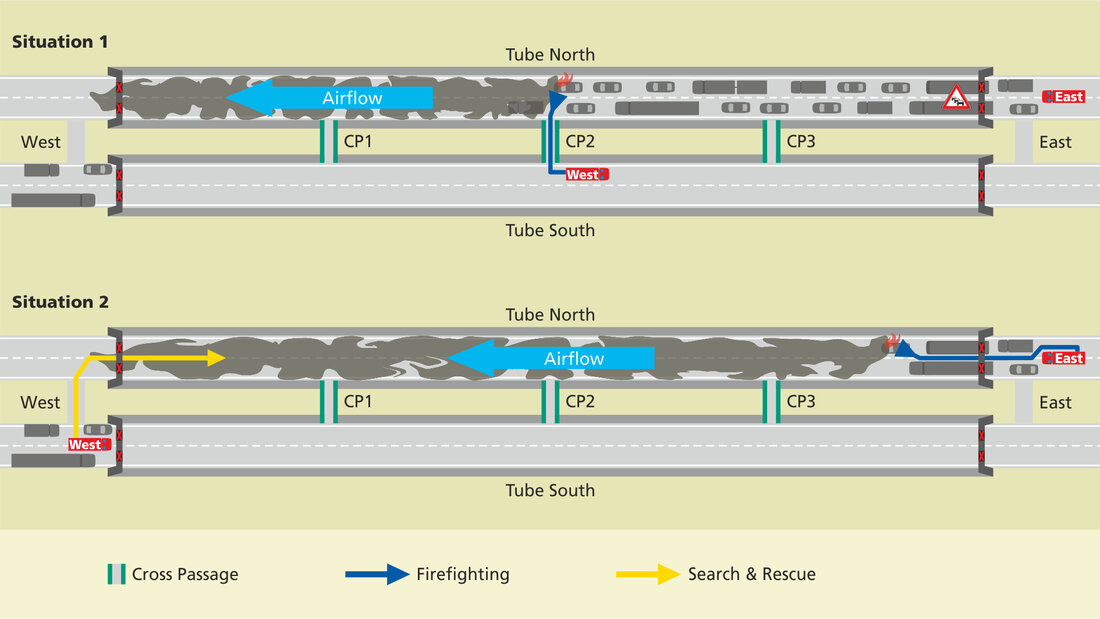
How and by whom is information obtained?
Another question is how and by whom the required information is obtained. The sources of information can be very different depending on the tunnel system. The airflow, the location of the fire and the traffic situation can sometimes be communicated by the tunnel control centre during the approach or determined using video footage. Alternatively, the incident command determines the situation on-site and uses information from the other side of the portal, for example, that smoke is escaping there. In the case of railway tunnels, train drivers of trains stopped in front of the tunnel can be a valuable source of information and, for example, report where self-rescuers are coming out of the tunnel.
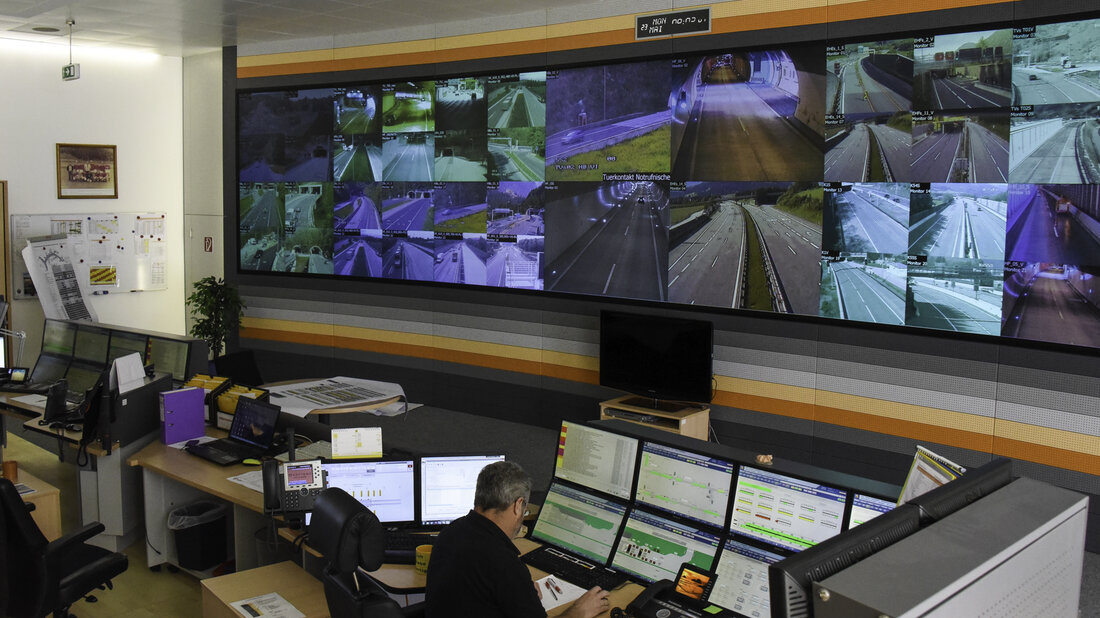
When does it need reconnaissance teams?
Reconnaissance teams are needed if the incident command cannot obtain the information relevant to assess the situation either by themself or by firefighting or search and rescue teams sufficiently quickly. The graph below shows two examples where the utilisation of reconnaissance teams can significantly accelerate information gathering.
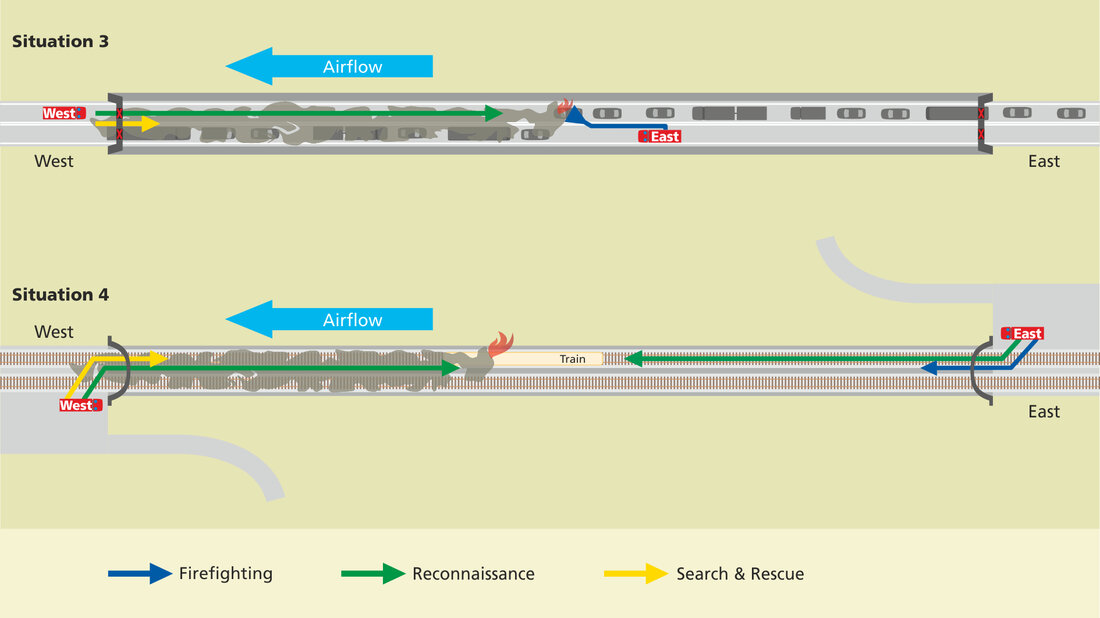
What is important is the specific command for reconnaissance
Reconnaissance teams do not have the order to reconnoitre everything. They have to obtain specific information. To do this, they need a concrete and as precise as possible detailed command from the incident command, for example, «Determine rescue effort and passability in sections Q1 to Q2!» or «Find the exact location of the fire on the train!».
Assignments such as «Go reconnoitre!» are not enough. Because in the latter case, the reconnaissance team will report any observations, but not always quickly obtain and deliver the required information. That is why the examples given in our courses and training documents are for reconnaissance assignments – for example, «Determine the exact location of the fire!» – only possible and not permanent orders. A fire site does not have to be searched for by the reconnaissance team if it is already known or can be reported by other firefighting teams.
So there are no permanent or «automatic» reconnaissance assignments. With one exception: As for all other emergency personnel, the reconnaissance team must always pay attention to hazards and report them.
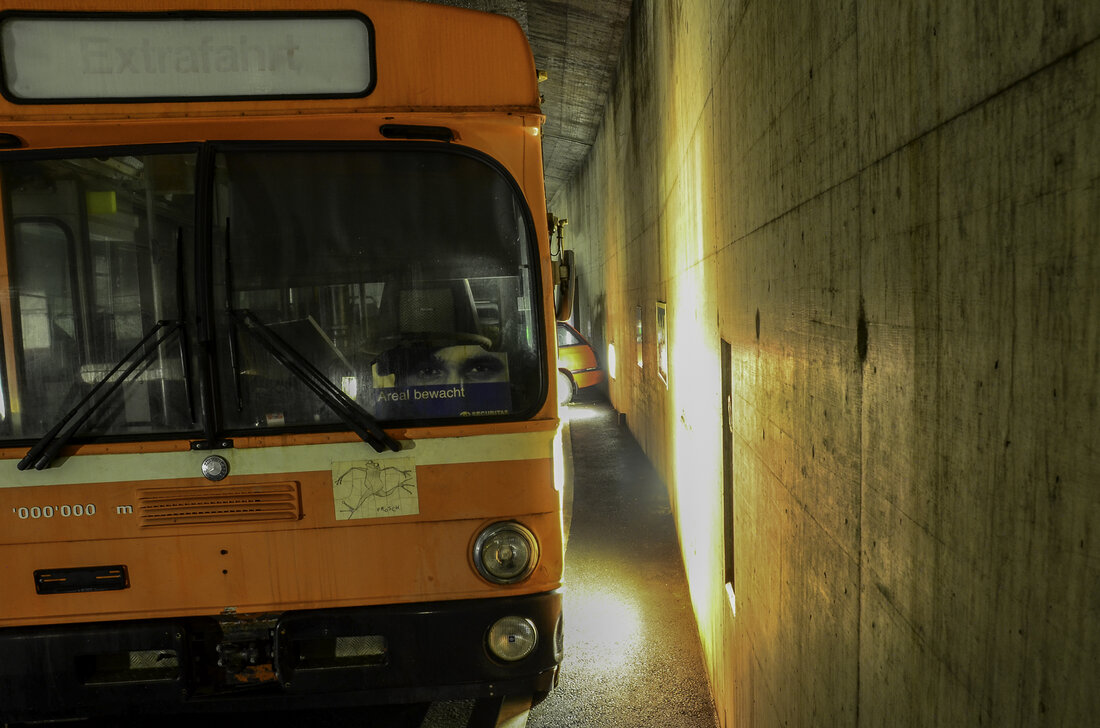
Reconnaissance must be prepared
Especially in the initial phase, the incident command is often flooded with information of all kinds. If it then tries to check each of its own observations or reports from others for its current relevance, incident command can quickly become overwhelmed. Instead of processing all the information, the incident command should therefore focus specifically on the information that is actually needed at the moment in time. It does this by asking specific questions, e.g. the exact location of the fire.
These reconnaissance questions should be defined in the deployment preparation, especially since these are often also facility-specific. A single-tube tunnel without side entrances raises other questions than a twin-tube tunnel with cross passages. Moreover, for operations in a railway tunnel, much more information has to be obtained than with a road tunnel, for example, whether the railway traffic has stopped and the overhead line is switched off and grounded.
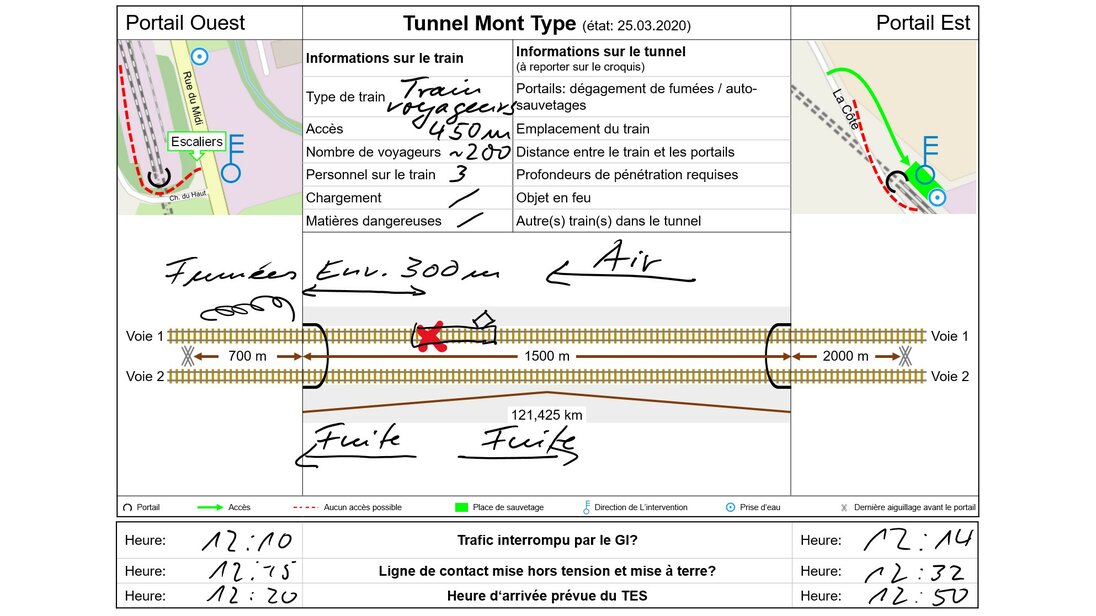
Reconnoitring should be trained
Reconnoitring is a very demanding task that should be trained. The tabletop exercise technique, which we also use in our tactics courses, is very suitable for this purpose. Using simple scenarios, it is possible to learn which information is essential and how it can be obtained. The interaction between incident command and reconnaissance teams should also be practised here. We know from our training experience that it is not at all easy to formulate concrete commands for reconnaissance precisely and unequivocally - and then to carry them out correctly. For example, it takes some practice for reconnaissance teams to know what «determine passability!» exactly means.
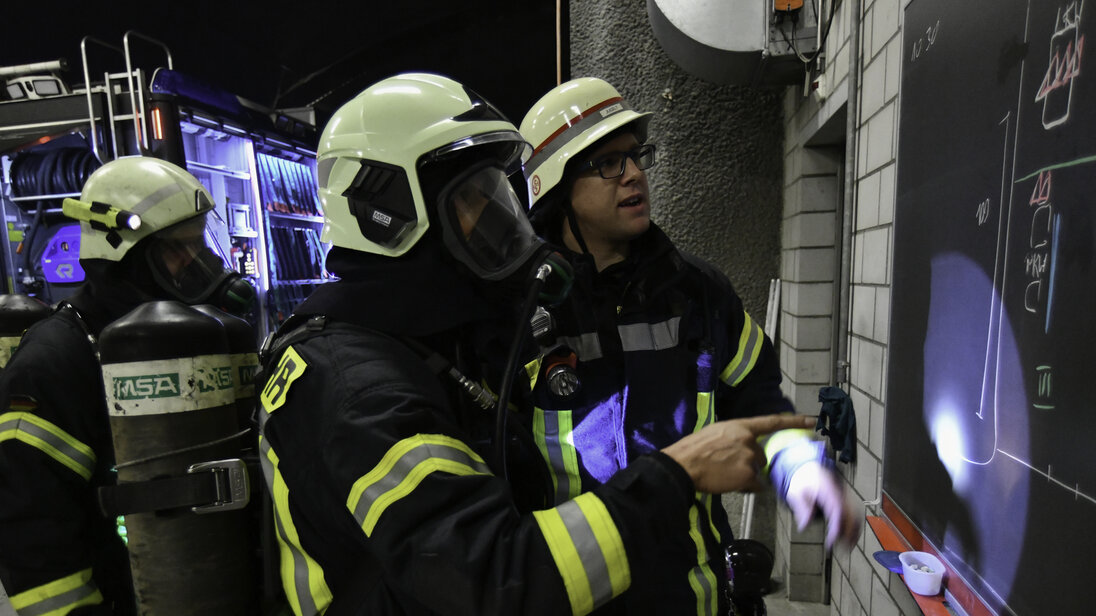
Reconnaissance is the targeted acquisition of relevant information
Reconnaissance is much more than «just going to see what is going on». Reconnaissance is the targeted acquisition of information that is relevant at a certain point in time, i.e. that is required. For this purpose, incident commanders can use many sources of information. To find out if there is smoke exiting at the other portal, it is not necessary to send out a reconnaissance team, a request to the other side of the tunnel is sufficient. Only if the information sought cannot be obtained quickly enough, reconnaissance teams should be deployed. However, then their efforts can be extremely valuable.


